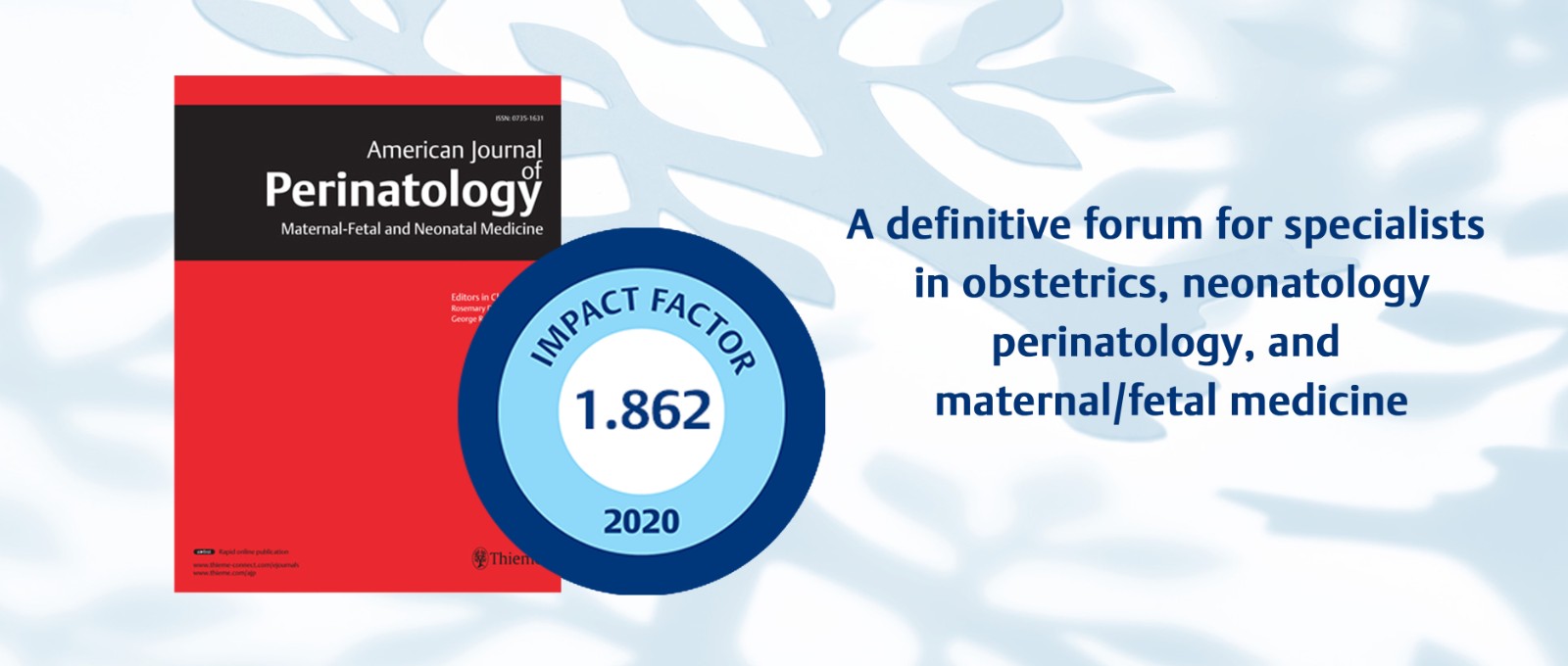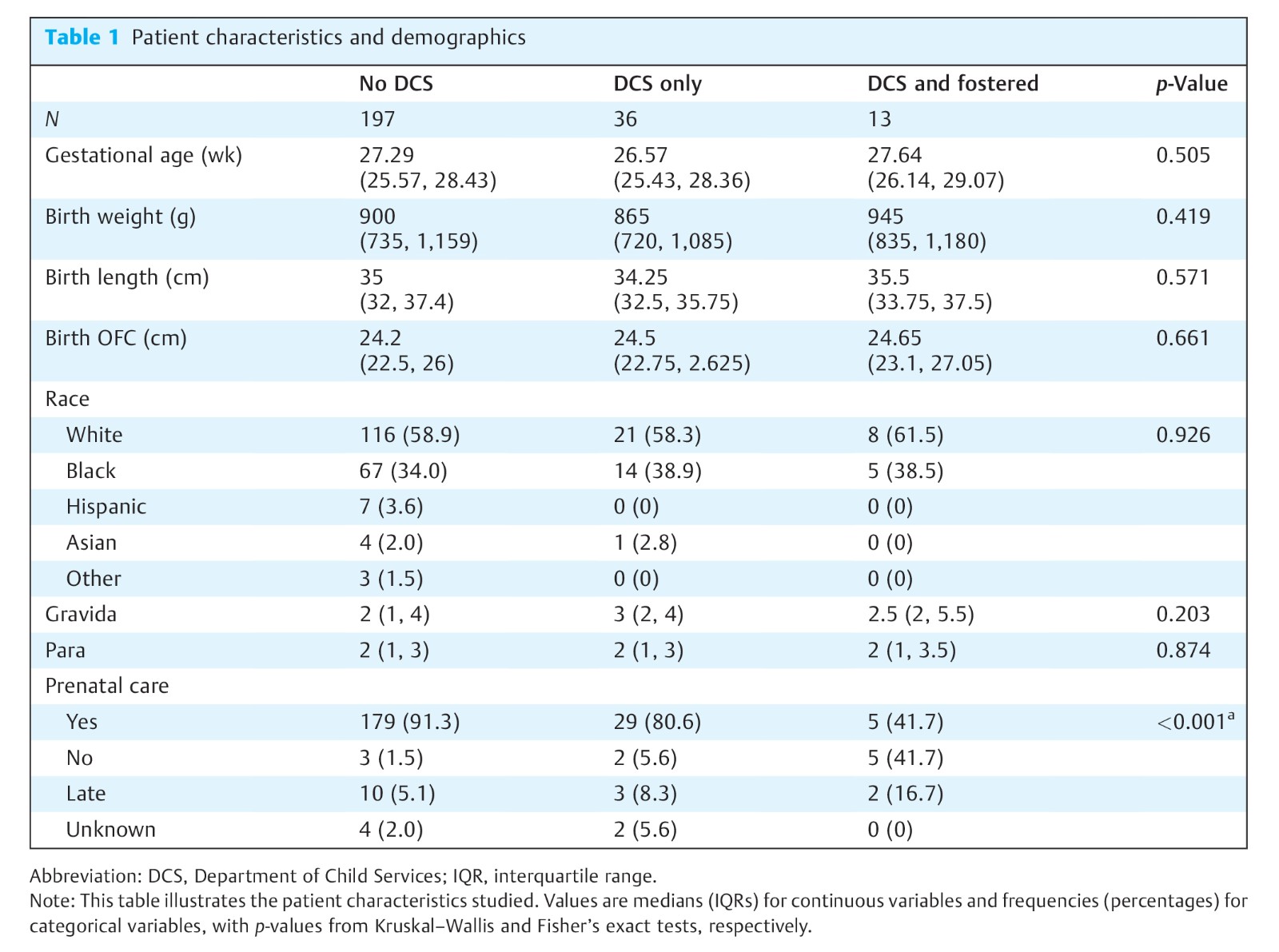

eFirst
Original Article
Risk Factors for Foster Care Placement in Patients with Bronchopulmonary Dysplasia
King et al.
Objective
Bronchopulmonary dysplasia (BPD) is a major cause of morbidity in neonates and can be associated with long hospitalization and high health care utilization. This extremely stressful situation can be difficult for many families and caregivers. The high-risk situation combined with increased medical complexity can result in involvement of Department of Child Services (DCS) and even foster care placement. This study seeks to define risk factors for DCS involvement and foster care placement in children with BPD.
Study Design
A retrospective study of children born at less than 32 weeks of gestation born between 2010 and 2016, on oxygen at 28 days of life and discharged home from a tertiary care center.
Results
A total of 246 patients were identified. DCS was involved in 49 patients with 13 requiring foster care placement. The most common correlated risk factors that were identified for DCS involvement were maternal THC (tetrahydrocannabinol) positivity, hospital policy violations, maternal mental health diagnosis, and home insecurity. Home insecurity (p < 0.005) and amphetamine use (p < 0.005) were associated with foster care placement.
Conclusion
There are numerous risk factors for both DCS and foster care placement. The identification of these risk factors is important to help establish services to help families and identify potential biases to avoid.
Key Points
There were both substance-related and non-substance-related risk factors for DCS involvement.
Home insecurity and maternal amphetamine use were risk factors associated with foster care placement.
This study fills the knowledge gap of risk factors for DCS and foster care placement in BPD.

